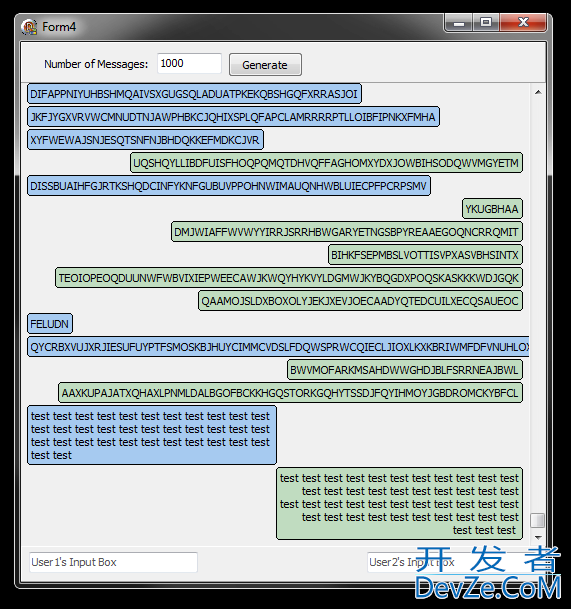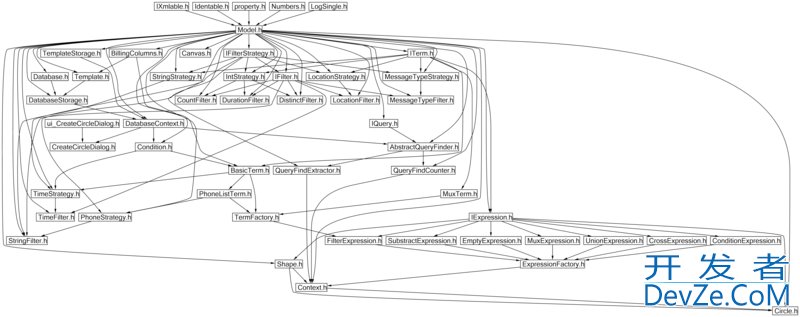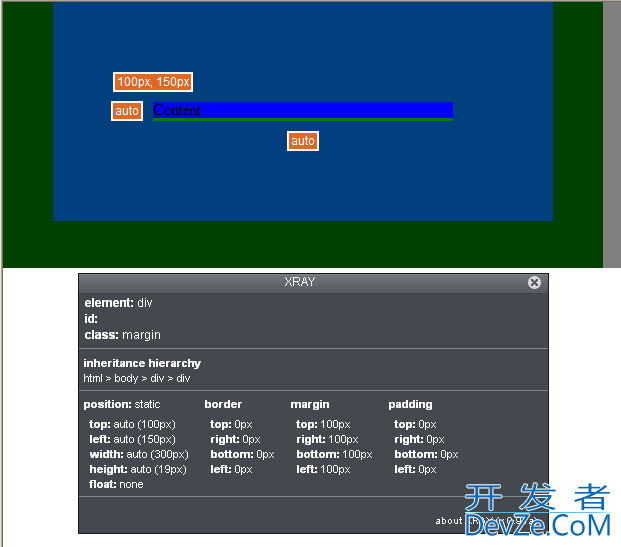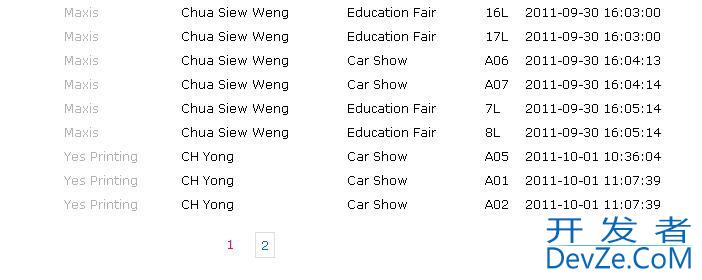I need to pass extra arguments to onclick handler. I can't decide which way is "better":
EDIT:
Context: I have a table that shows roster of an event. Each row has a 'delete' button. What is a better way to pass recordId to the delete-handler?$('a.button').click(function() {
var recordId = $(this).metadata().recordId;
console.log(recordId);
});
...
<tr>...<a class='{recordId:1} button'>delete</a></tr>
<tr>...<a class='{recordId:2} button'>delete</a></tr>
or
function delete(recordId) {
console.log(recordId);
}
...
<tr>....<a class='button' onclick='deleteRecord(1)'>D开发者_开发百科elete</a></tr>
<tr>....<a class='button' onclick='deleteRecord(2)'>Delete</a></tr>
What are the pros and cons for each option?
NOTE: I use a.button as a custom, CSS-styled button, it does not behave as a link.
EDIT:
I would appreciate alternative solutions as well, if you can argument the advantages of offered alternatives.Store the record id as an attribute of element itself, but instead of using the metadata plugin which stores it in a weird format, I would recommend you use HTML5's data attributes that is also backwards compatible.
A row would look like:
<tr> .. <a data-id="1">delete</a> .. </tr>
In the handler, retrieve the attribute value and act on it
function deleteRecord() {
var rowId = $(this).attr('data-id');
...
}
It is comparable to using the metadata plugin, but it does not overload the class attribute. No extra plugins are needed for this. It uses a single handler just as the metadata plugin does which is performant for large datasets.
The inline onclick handlers are bad for the same reasons. A new handler is created per row. It cuts down on flexibility and is generally a bad practice.
I would just go with your second approach - it's the simplest and there is nothing wrong with it.
$('a.button').click(function() {
var classes = $(this).attr('class').split(' ');
var option;
for( var i in classes )
{
if( classes[i].indexOf( 'option' ) != -1 )
{
option = classes[i].substr( 6 );
break;
}
}
console.log( option );
});
...
<a class='option-yes button'>Yes</a>
<a class='option-no button'>No</a>
Edit:
It sounds like you're assigning data to these 'buttons' dynamically. You'd be better off assigning the data to the button using jQuery's .data() method and then getting the data from there. I have updated my example code.
If each type of button performs a different action then use a different handler for each type of button:
$('a.button').click(function (e) {
// Stuff with $(this).data().recordId
});
$('a.button.no').click(function (e) {
//Stuff
});
...
<a class="button yes">Yes</a>
<a class="button no">No</a>




![Interactive visualization of a graph in python [closed]](https://www.devze.com/res/2023/04-10/09/92d32fe8c0d22fb96bd6f6e8b7d1f457.gif)



 加载中,请稍侯......
加载中,请稍侯......
精彩评论